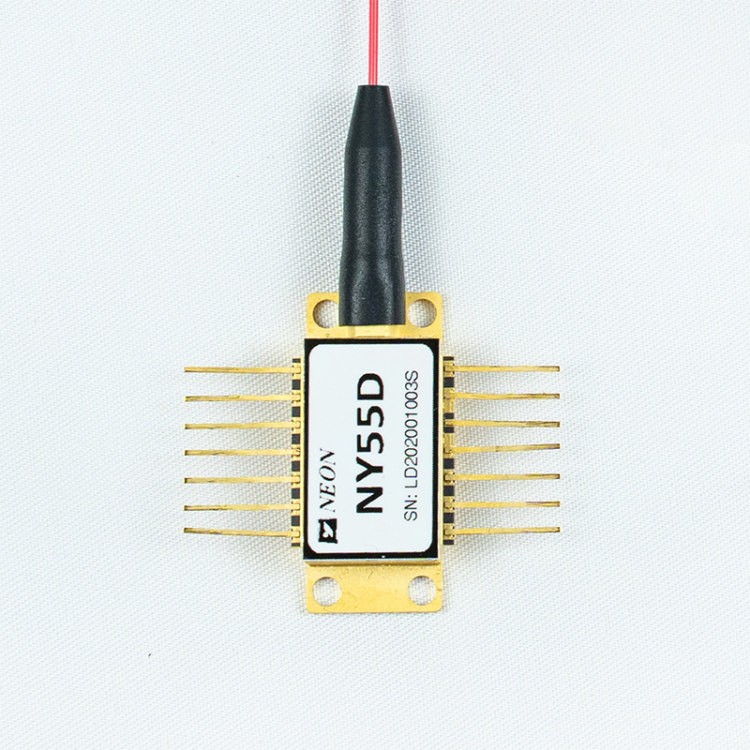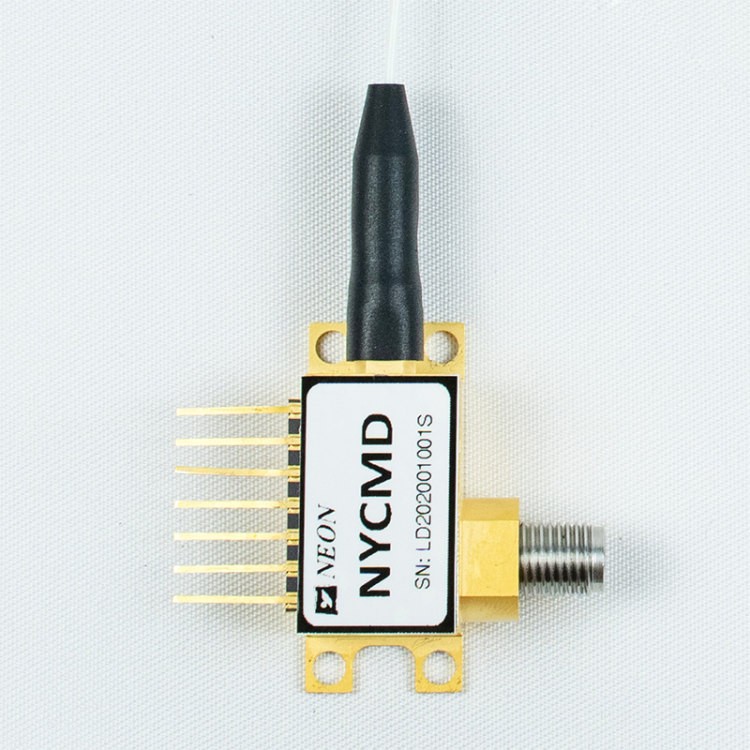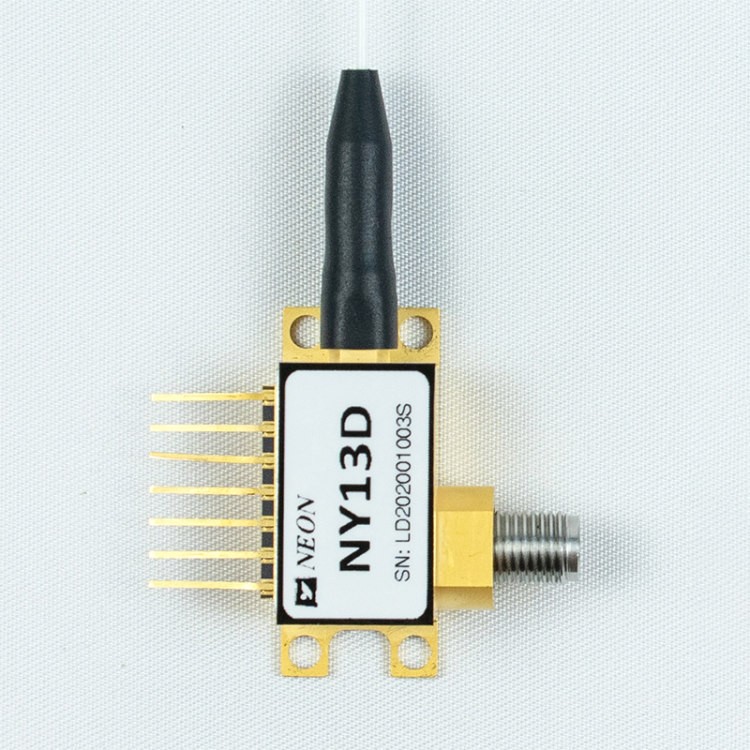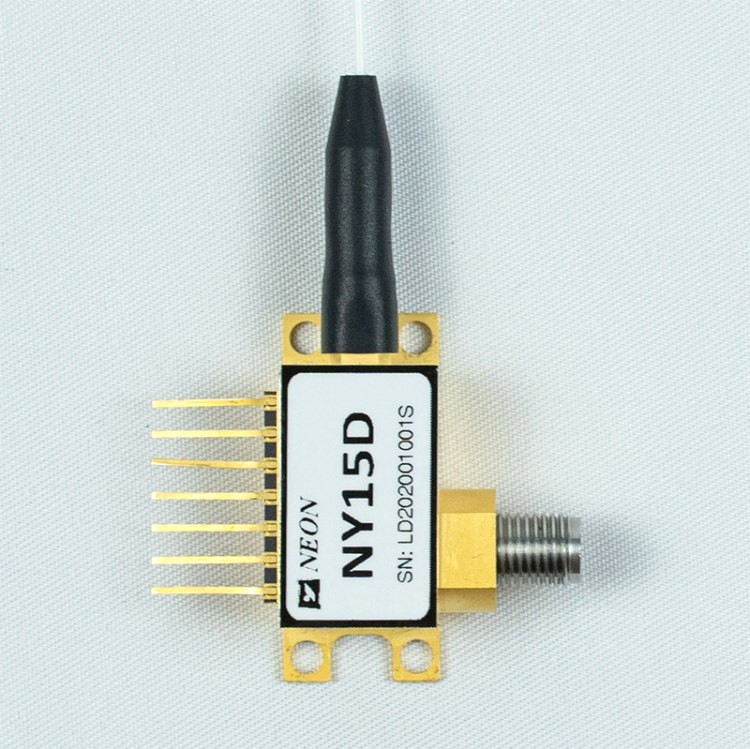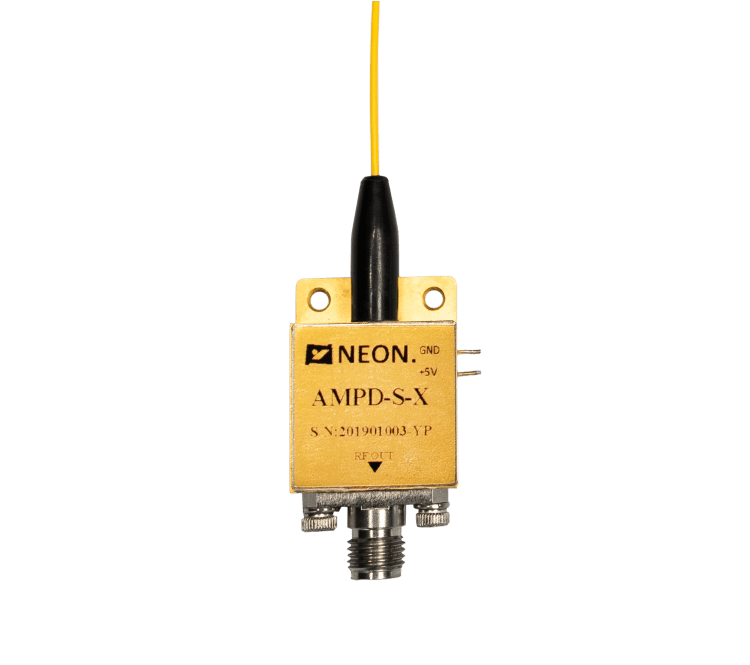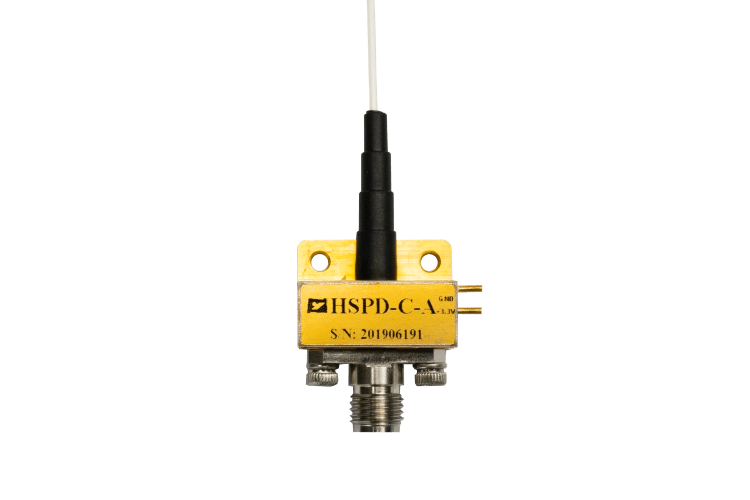5 Minutes To Understand The Types Of Lasers In Optical Modules
The term “laser” is derived from the acronym LASER (Light Amplification by Stimulated Emission of Radiation). Laser is a kind of coherent light, that is, it has the characteristics of the same frequency, the same vibration direction, and the same phase (or the phase difference remains constant). Optical communication systems largely rely on high-quality laser light sources.

Among them, the laser diode is the heart of the optical module, and its cost accounts for about 50% of the total cost of the optical module. This article mainly introduces the laser product in the optical module.

What are the types of optical module lasers?
VCSEL, FP, and DFB are all independent devices. If they want to transmit signals, they are driven with or without current, which is called Directly Modulated Laser, DML (Directly Modulated Laser).

EML is an integrated device. There are two modules on one chip, one is a laser, which is L, and the other is an EAM modulator, which together is called EML.
VCSEL lasers
The full name of the VCSEL laser is Vertical Cavity Surface Emitting Laser, which is a semiconductor laser, surface-emission type, using a vertical-cavity structure.
VCSELs can provide high-quality laser beams, higher coupling efficiency, and fasting reflectivity. Compared to FP lasers and DFB lasers, VCSELs are easier to manufacture, which enables the production of low-cost VCSEL-based transceivers.
VCSELs are mainly used in short-distance optical modules.
FP laser
FP (Fabry-Perot Fabry-Perot laser), the full name of FP laser TO is “TO packaged multi-quantum well FP cavity longitudinal mode laser, which is a semiconductor light-emitting device that emits multi-longitudinal mode coherent light with an FP cavity as a resonant cavity. It belongs to the side emission type and uses a horizontal cavity structure.

FP lasers are mainly used for short-distance transmission. For example, the transmission distance is generally within 20 kilometers. The FP has two wavelengths, 1310nm/1550nm. The structure and manufacturing process is simple and the cost is low.
DFB laser
DFB (Distributed Feedback Laser) distributed feedback laser is based on the FP laser, the Bragg grating is integrated into the active layer (that is, the gain medium) inside the laser, and a mode selection structure is formed in the resonant cavity to realize single-mode The work, which belongs to the side-emitting type, uses a horizontal cavity structure.

DFB lasers use grating frequency selection to achieve single-mode operation:

DFB generally uses two wavelengths of 1310nm and 1550nm, which are divided into cooling and non-cooling, and are mainly used for medium and long-distance transmission.
Wavelength Tunable Laser
The tuning principle of wavelength-tunable lasers is to directly or indirectly change the length of the laser cavity through various technical means so that the position of the resonant mode in the resonator is slightly shifted, and a specific wavelength is selected by a wavelength selection device.
The simplest one is temperature tuning. DFB lasers can change with temperature, work at different temperatures, and can achieve different wavelengths.
The DFB array wavelength-tunable laser is proposed by NEC Corporation of Japan, which is realized by selecting the appropriate wavelength of laser lasing and temperature tuning.
In the 5G fronthaul optical module, the wavelength-tunable DWDM optical module can flexibly select the working wavelength.
Summarize
The selection and use of optical modules are completely different according to different scenarios. The most important thing is to select the laser type and modulation method according to the transmission rate, transmission distance, and different wavelengths. In high-speed 100G optical modules, VCSELs are used for tens of meters. For lasers, DFB lasers are used for 500 meters to 10 kilometers, and EML lasers are used for 40 kilometers. In 10G optical modules, the wavelength of 1310nm belongs to the zero-dispersion region. DML lasers can be used for transmission of 20 kilometers. If the wavelength is 1550nm, EML lasers are required.


